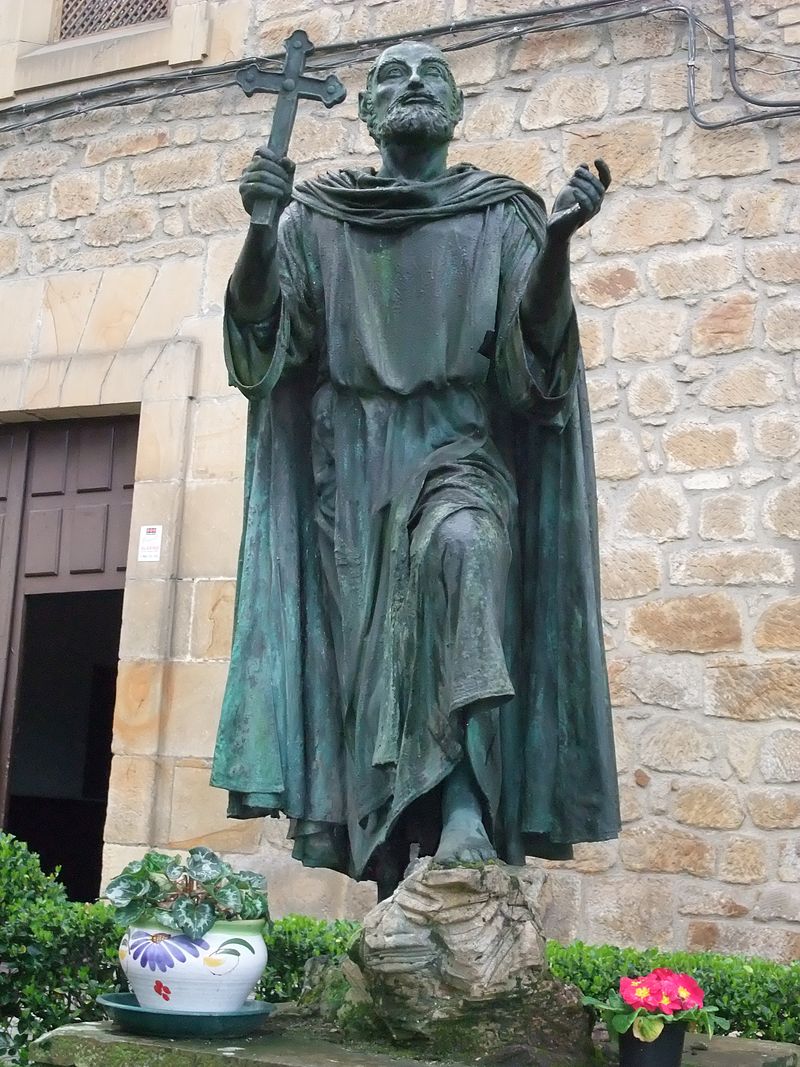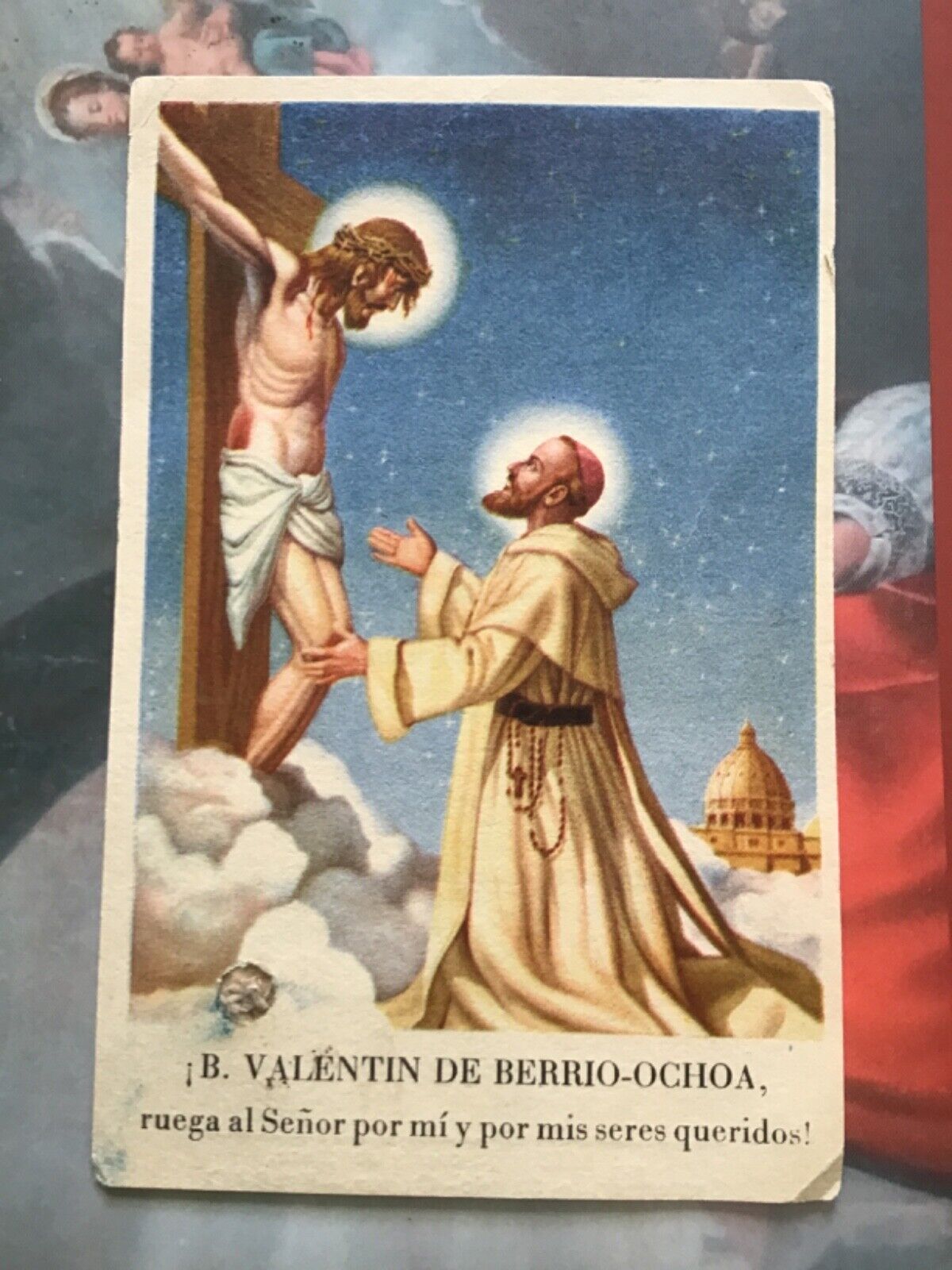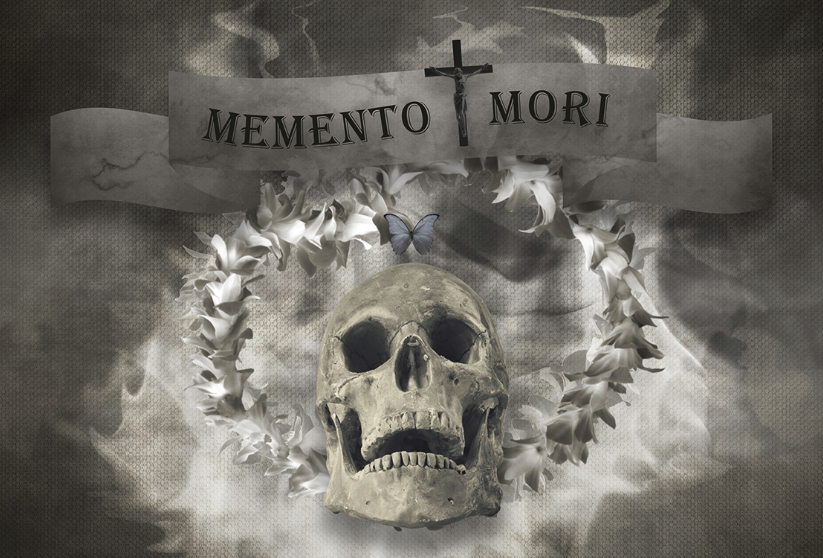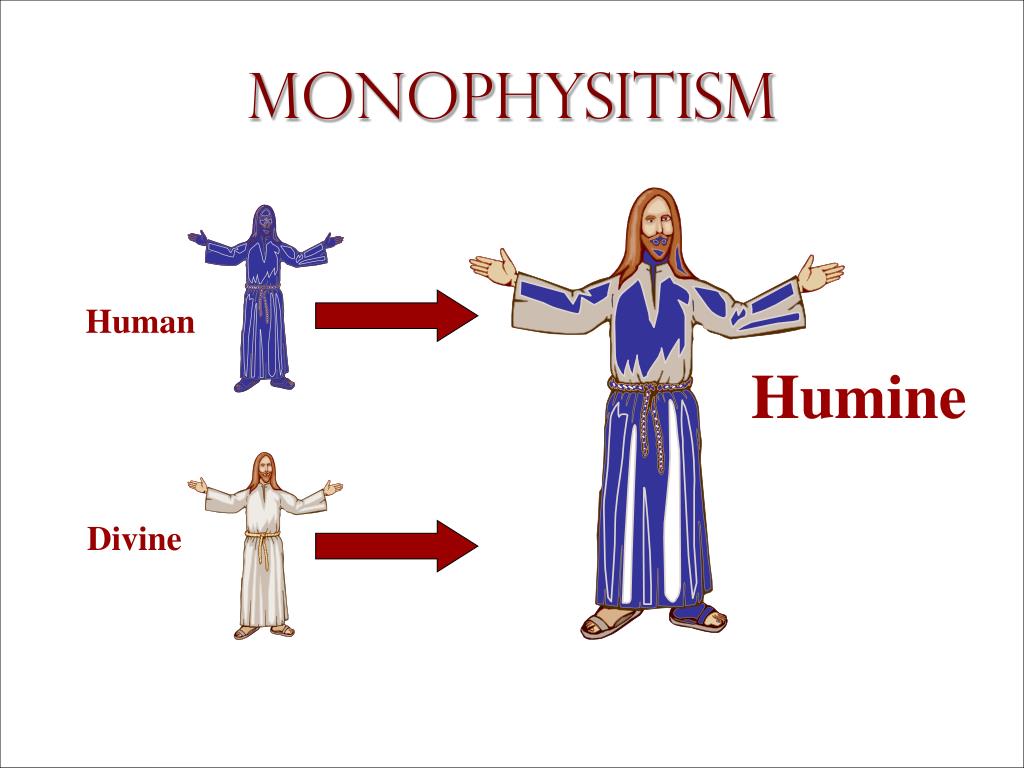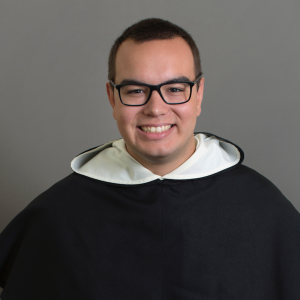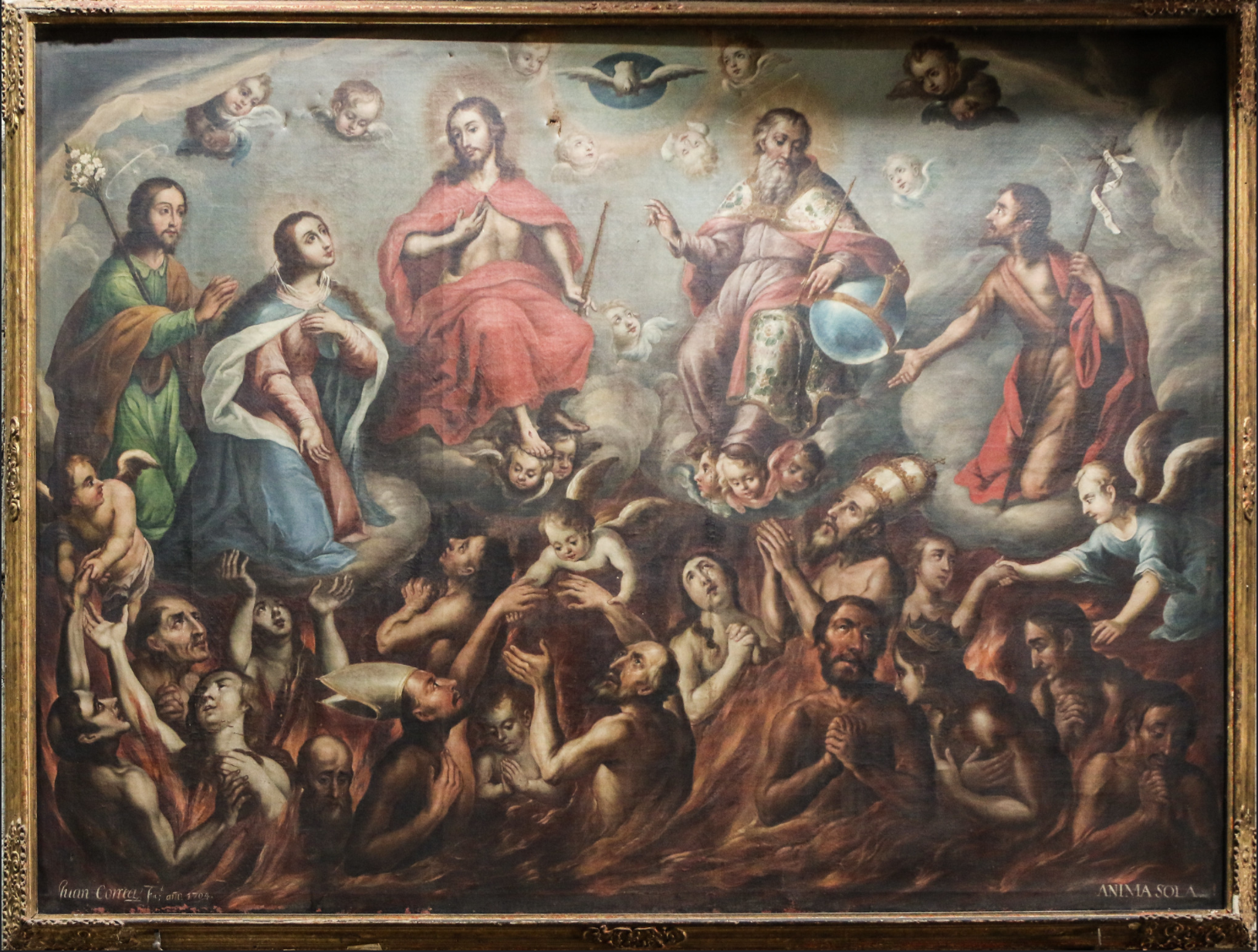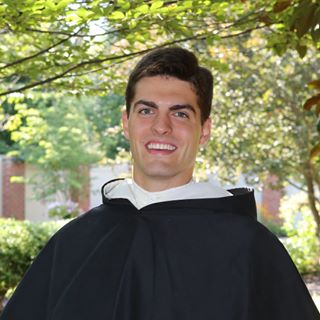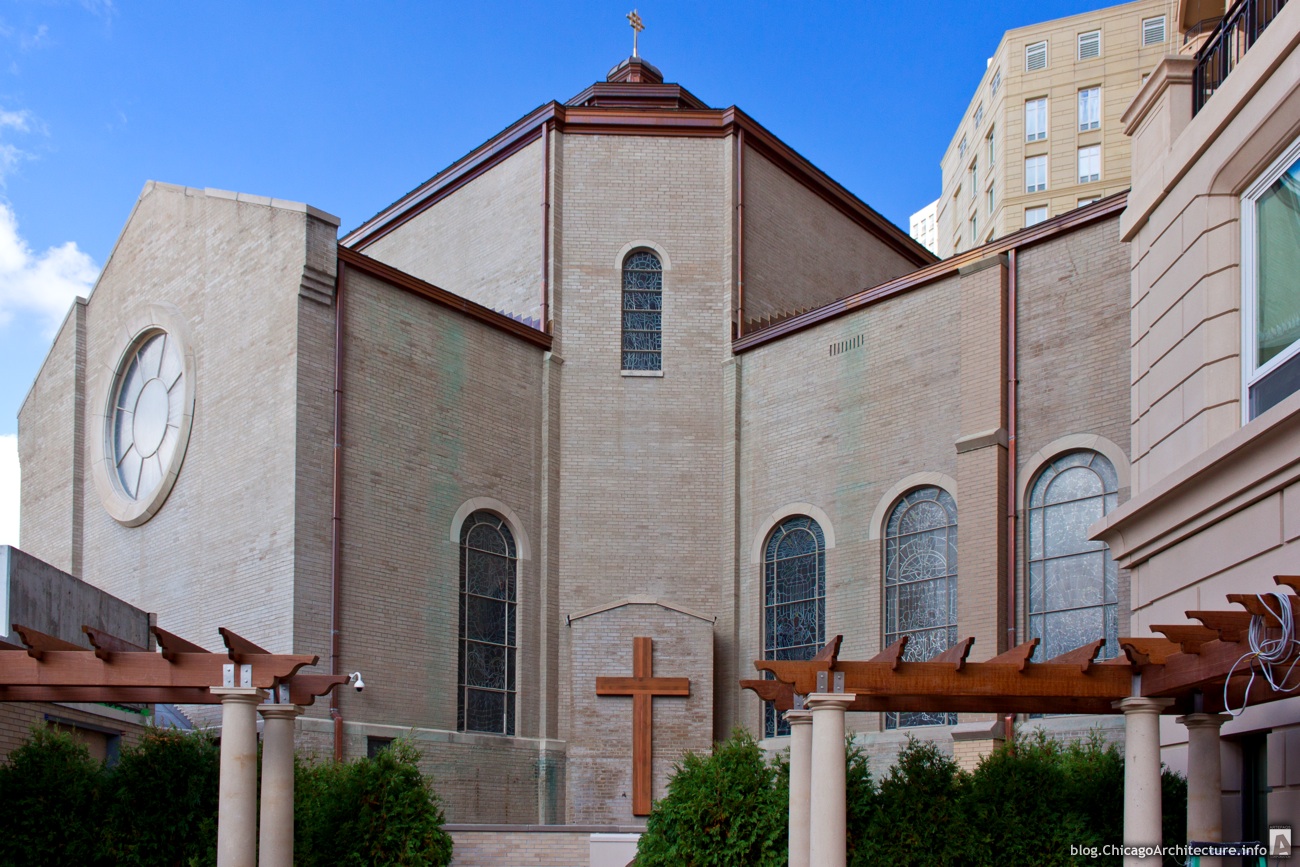
-PLEASE click on the image for greater detail
“And I saw a great white throne and the One sitting on it. The earth and sky fled from His presence, but they found no place to hide. I saw the dead, both great and small, standing before God’s throne. And the books were opened, including the Book of Life. And the dead were judged according to what they had done, as recorded in the books. The sea gave up its dead, and death and the grave gave up their dead. And all were judged according to their deeds. Then death and the grave were thrown into the lake of fire. This lake of fire is the second death. And anyone whose name was not found recorded in the Book of Life was thrown into the lake of fire.” -Rev 20:11-15
http://allsurvivorsday.org/sample-social-content/
“All Survivors Day, November 3, is an international opportunity to raise awareness of sexual abuse, stand in support and recognition of survivors, and to come together to change the culture that surrounds sexual violence. Whether you are holding an in-person event in your local community or will be adding your voice using the #AllSurvivorsDay hashtag, using social media can help spread the word about the day and get people on board with the cause….
..In 2018, the All Survivors Day coalition brought together survivors in 35 countries across 3 continents for the purpose of bringing attention to the issue of sexual violence and showing collaboration in creating a world in which all survivors are recognized, believed, and supported.
In 2019, we are looking to build on this success and spread the word about All Survivors Day even further, and especially on social media. We are hopeful that on November 3, 2019, organizations that participated in ASD 2018 will be willing to participate in this social media campaign. This year, we will be focusing on sharing ways that the public can support survivors and help protect children from abuse. Those ways include:
Advocating for public policy that benefits survivors and helps prevent abuse, such as statute of limitations reform, increased funding for prevention programs and education, and mandatory reporting legislation.
Demanding federal and state leaders take action to prevent future cases of sexual abuse, such as by opening state AG investigations or convening federal working groups to address the issue of sexual violence in any sphere, public or private.
Supporting organizations and causes that promote healing, prevention, and change…
* All survivors deserve to be heard and believed. Learn how you can help support survivors and protect children from abuse today at SNAPNetwork.org/take_action.
* We believe survivors. SNAP stands in solidarity with all those who have been sexually abused worldwide. We thank you for your bravery and courage to tell your stories and speak truth to power. Learn more at AllSurvivorsDay.org.
* On average, there are over 320,000 victims of sexual abuse in the U.S. every year. Survivors are everywhere! If you’re feeling alone or need support, we are here for you. Speak with someone in your area today SNAPNetwork.org/snap_locations.
* Sexual violence hurts all of us and can be prevented. Learn how to play your part SNAPNetwork.org/take_action.
* Supporting survivors of sexual abuse is easier than you may think. Visit SNAPNetwork.org/you_can_make_a_difference to learn steps you can take to support your fellow survivors and prevent future abuse of others.
* #AllSurvivorsDay aims to create a world where it’s easier for victims of sexual abuse to find the help they need to heal and come forward.
* Silence is complicit with sexual abuse. Kids are safe, abusers are exposed and parents are warned only when victims are able to report their crimes and only when we are able to have conversations about sexual abuse and the ramifications that come with it. Learn ways you can diffuse the silence at SNAPNetwork.org/take_action.
* Talking with your children about sexual violence is an important yet difficult conversation to initiate. However there are many benefits to having this communication early on. Visit SNAPNetwork.org/talking_to_kids_about_sexual_violence for tips on how to have these conversations in open and age-appropriate manners.
* Talking about sexual abuse with your friends, family and even your children, can be difficult. Learn ways to navigate this conversation at SNAPNetwork.org/take_action.
* 1 in 4 girls and 1 in 6 boys will be sexually assaulted before they turn 18. November 3 is #AllSurvivorsDay, a chance to stand in solidarity with the women and men who have been abused in homes, churches, military bases, sports teams. Help us bring awareness, healing and hope for survivors and learn more about #AllSurvivorsDay at allsurvivorsday.org
* Sexual abuse happens more often than you think. Join us November 3 for #AllSurvivorsDay as we stand in solidarity with survivors of sexual abuse and work together to find healing, justice and solutions. allsurvivorsday.org
* We support #AllSurvivorsDay because we #BelieveSurvivors and stand in solidarity with all those who have been abused, whether it occurred in the home, a church, in the military, a school, or in sports. Learn more about All Survivor’s Day and what you can do to get involved: allsurvivorsday.org
* Sexual abuse is more common than you think. On #AllSurvivorsDay, we are bringing attention to the men and women who survived their abuse. If you are a victim of abuse and need somewhere to turn, visit allsurvivorsday.org to find a list of our partner organizations. We are here to help.
* We recognize the brave men and women who have spoken up about their abuse at the hands of priests, nuns, and other religious figures on #AllSurvivorsDay. We also know that it’s not just a burden for survivors to bear – we ALL can help prevent sexual abuse. Learn what you can do to help at allsurvivorsday.org.
* #AllSurvivorsDay is a chance to recognize the women and men who have suffered in silence, shame, and pain. You are believed. You are loved. We are here for you. Get the help you need at allsurvivorsday.org.
* 1 in 4 girls and 1 in 6 boys will be a victim of a sex crime before they turn 18. On #AllSurvivorsDay, we recognize the brave men and women who have come forward to tell their stories of abuse, hold perpetrators accountable, and make the world a safer place for children.
* Stand in solidarity with survivors of sexual abuse on November 3 for #AllSurvivorsDay! Band together with local supporters outside your cathedral or state capitol to show support for survivors and to push (Church/State/School) officials to take sexual abuse seriously! Learn more here: allsurvivorsday.org
* On November 3, we’re uniting to call attention to the barriers survivors face when coming forward, finding support, and fighting to hold perpetrators accountable. *Join us as we recognize #AllSurvivorsDay and learn how you can show support in your own community – allsurvivorsday.org
* Survivors of sexual abuse often have to stand up and speak out alone. On #AllSurvivorsDay, we are standing with them! Join us in Philadelphia for a public display of support for all victims of sexual abuse and assault, included those abused in churches, universities, their own home, military or sports settings, and more. Join us – allsurvivorsday.org
* All survivors need support – join survivors of sexual abuse and their allies from around the world as we stand in solidarity on November 3 in front of churches, state capitols and more for #AllSurvivorsDay. Learn how you can get involved and show your support here: allsurvivorsday.org
* On November 3 we are standing in support of those who have been victims of sexual abuse by parents, clergy, teachers, military, sports teams and more. Join us on #AllSurvivorsDay as we honor those who share their stories and speak for those who can’t. allsurvivorsday.org
Love & healing & being believed,
Matthew
2020 UPDATE!!!!!
Dear Matt and Kelly —
Many words could be used to describe 2020: weird, challenging, and whirlwind are a few that we’ve seen. But when it comes to our movement and SNAP’s efforts to protect the vulnerable, heal the wounded, and prevent abuse, we have another word for 2020: banner.
Over the past year we have seen great strides made in transparency and accountability, and that progress is due to the impressive and tireless work of victims and their supporters, as well as advocates, across the globe. Here are some highlights from 2020 that we think helped push our movement forward:
Growing our Survivor Network
In 2020, more than 2,200 new survivors and supporters joined our network and we held more than 390 support groups this year. Thanks to the tireless efforts of SNAP volunteer leaders, we were able to transition our support groups from in-person to online, helping keep attendees safe but connected despite quarantine and stay-at-home orders.
We are so grateful to all those who helped lead or co-lead a group this year and hope those who joined these groups got the support and understanding they needed.
Amplifying the Voices of CSA Survivors
In partnership with the great people at The Army of Survivors, Darkness to Light, and Together for Girls, SNAP helped with the first-ever Child Sexual Abuse Survivor’s Town Hall. This effort, part of the larger Survivor’s Agenda movement, helped ensure that the voices of those who were hurt as children would be heard and that steps to prevent the abuse of children in any context will be included in the Survivor’s Agenda action plan.
A special thank you to our very own Brian Toale, volunteer leader of SNAP New York, for participating in the town hall and to Kevin Bourgeois, volunteer leader of SNAP New Orleans, for facilitating the support group at this event!
Reports Released: McCarrick, Colorado, Florida, and more
From the bombshell investigation into Theodore McCarrick’s rise and fall to reports released by attorneys general in states like Colorado, New York, Michigan, and Florida, more and more facts are coming to light about how cases of abuse are mishandled and covered up within the institutional Catholic Church.
Of course, not every report released has equal value, but the more information that gets into the hands of parents and the public about clergy abuse, the more people can educate themselves about the reality of this ongoing scandal. In 2021, we are looking forward to the release of information from states like New Jersey and Illinois and we will be continuing to push for an investigation in every state and at the federal level.
New Zealand Sets a Model for the World
To show an example of the power that nationwide investigations can have, look no further than New Zealand. The New Zealand Royal Commission of Inquiry into Historical Abuse in State Care and in the Care of Faith-Based Institutions released a report this year that goes into significant detail about the extent of abuse within institutions in their nation.
The numbers in this report are stunning. Nearly 50% of those placed into government care were abused, and 40% of those victims were abused by religious institutions entrusted with that responsibility, helping demonstrate the truth that we all know too well: child sexual abuse is a problem in every faith-based institution.
Jewish Survivors Gather and Organize for Change
SNAP is honored to have played a small role in assisting two new organizations this year as they expand their advocacy efforts into the Jewish community. ZA’AKAH, led by Asher Lovy, is advocating for survivors from within the Orthodox Jewish community and JSHAN is a survivor network of Jewish survivors who experienced harassment and abuse and are coming together for healing in a mutual group setting.
The more allies that get involved in the movement for justice and dignity for survivors of sexual violence, the better! We are glad to support the efforts of ZA’AKAH and JSHAN and encourage you to learn more about these organizations and their important work.
Twenty-Four Arrests – a Harbinger of More to Come
We keep hearing about “historic” abuse, as if the Catholic Church had miraculously changed its playbook. However, at least twenty-four clerics and Catholic staffers in the US were arrested in 2020 for contemporaneous sexual violence. Some, like Fr. Francis Trauger and Fr. Manuel LaRosa Lopez, were even tried, convicted, and sentenced to jail. Because so few children report (the average age to report is 52 years old), this is the tip of the proverbial iceberg.
Each of the brave victims who came forward in these cases deserves credit and recognition for helping prevent future cases of abuse. These survivors are truly making a difference and helping keep the vulnerable safe.
Survivors Gather Virtually Amidst the COVID-19 Pandemic
Our 2020 SNAP Conference was a little different since we couldn’t be together, but we are proud of our first-ever virtual conference and are thrilled that more than 500 survivors and supporters from our network registered for this first-of-its-kind event. If you missed it, you can catch up by watching some of the keynotes and workshops here!
In 2021, SNAP is going to build off the momentum of this virtual conference and will be sharing details soon about the “mini-conferences” that we will be holding throughout the year.
National Media Brings New Attention and New Faces to the Fore
In 2020, national media outlets shared powerful stories of trauma, resilience, and the power of survivors in many significant and moving pieces. From the story of how two impoverished black survivors in Mississippi were mistreated by Catholic officials and advocated for by our very own Mark Belenchia to the disturbing revelations from USA Today and the AP on how many perpetrator Catholic priests remain hidden among communities to the extensive research done by ProPublica to map transparency efforts, the media really helped our movement.
To see some of the stories that we liked this past year, check out our News of the Day page on the SNAP website.
Much, much more happened in 2020, and through it all, survivors and advocates were leading the way. We are honored to have joined with you to make these strides and help create change just as SNAP has done for thirty years, and we look forward to making many more strides in 2021.
We have exciting projects in store for next year including expanded outreach to the Spanish-speaking community, further expanding our digital footprint, and partnering with more organizations and advocates than we have before. We appreciate your support of these initiatives and hope you will continue to partner with us next year.
Goodbye, 2020. Here’s to an even better 2021!
Sincerely,
Your friends at SNAP
SNAP
http://www.snapnetwork.org/
